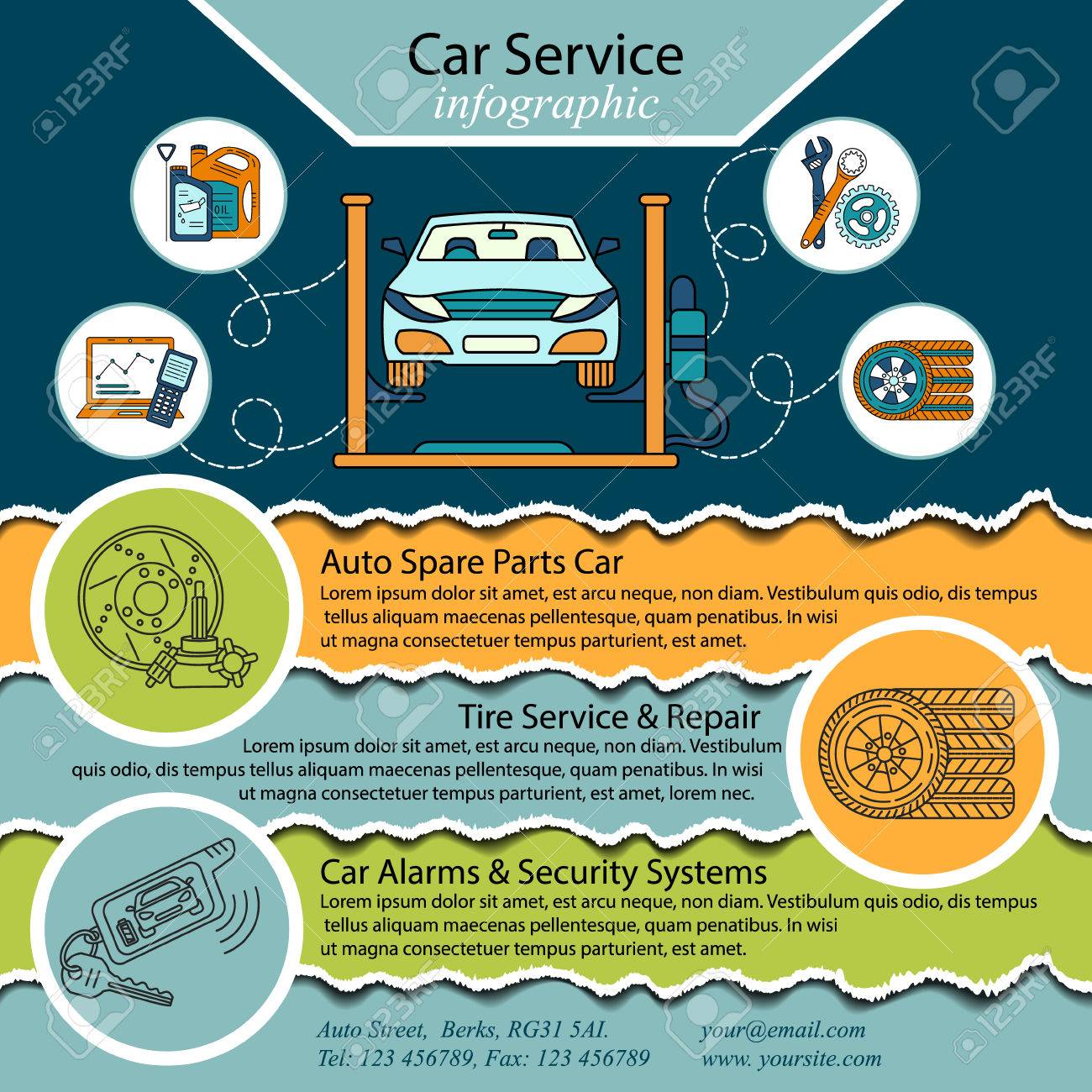Understanding Your Vehicle'S Caution Lights: What Do They Truly Mean?
Understanding Your Vehicle'S Caution Lights: What Do They Truly Mean?
Blog Article
Short Article Developed By-Lauritsen Torres
When you lag the wheel, those glowing warning lights on your control panel can be a little bit bewildering. Do you recognize what they're trying to tell you about your vehicle's health? Understanding hop over to this web-site of these lights is essential for your security and the long life of your lorry. So, the next time one of those lights appears, wouldn't you want to decode its message accurately and take the necessary steps to address it?
Common Warning Lights and Interpretations
Recognize common caution lights in your vehicle and recognize their significances to ensure risk-free driving.
One of the most regular caution lights include the check engine light, which signifies concerns with the engine or discharges system. If this light begins, it's important to have your vehicle checked immediately.
The oil pressure warning light suggests reduced oil pressure, requiring instant attention to stop engine damage.
A blinking battery light might recommend a damaged charging system, potentially leaving you stranded if not attended to.
The tire stress tracking system (TPMS) light alerts you to low tire stress, impacting automobile security and fuel effectiveness. Overlooking this can cause hazardous driving conditions.
The abdominal light shows an issue with the anti-lock stopping system, jeopardizing your capacity to stop quickly in emergencies.
Lastly, the coolant temperature level advising light warns of engine getting too hot, which can cause extreme damage if not fixed promptly.
Recognizing these common caution lights will aid you resolve issues quickly and preserve secure driving problems.
Value of Prompt Interest
Comprehending the common caution lights in your vehicle is just the initial step; the relevance of quickly resolving these warnings can not be highlighted sufficient to ensure your safety on the road.
When a warning light brightens on your control panel, it's your cars and truck's means of interacting a prospective concern that requires attention. Disregarding these warnings can result in much more extreme problems in the future, compromising your security and potentially costing you much more out of commission.
Prompt attention to alerting lights can stop breakdowns and mishaps. For instance, a blinking check engine light could suggest a misfire that, if left unattended, could create damages to the catalytic converter. Addressing this promptly can conserve you from an expensive fixing.
Likewise, a brake system cautioning light could indicate low brake fluid or used brake pads, critical parts for your safety and security when driving.
Do It Yourself Troubleshooting Tips
If you notice a caution light on your control panel, there are a couple of DIY troubleshooting pointers you can attempt prior to looking for professional help.
The very first step is to consult your car's manual to recognize what the particular warning light indicates. Occasionally the problem can be as straightforward as a loose gas cap setting off the check engine light. Tightening up the gas cap may fix the problem.
One more usual problem is a low battery, which can set off numerous cautioning lights. Examining the battery connections for deterioration and ensuring they're protected might deal with the trouble.
If a caution light persists, you can attempt resetting it by detaching the vehicle's battery for a couple of minutes and afterwards reconnecting it. Additionally, inspecting your vehicle's fluid levels, such as oil, coolant, and brake fluid, can aid troubleshoot advising lights associated with these systems.
Conclusion
To conclude, understanding your automobile's caution lights is essential for keeping your car running smoothly and securely. By without browse around here attending to these signals and knowing what they imply, you can avoid costly repair services and prospective break downs.
Remember to consult your car's guidebook for particular details on each cautioning light and take action appropriately to ensure a hassle-free driving experience.
Keep notified, stay risk-free on the road!
